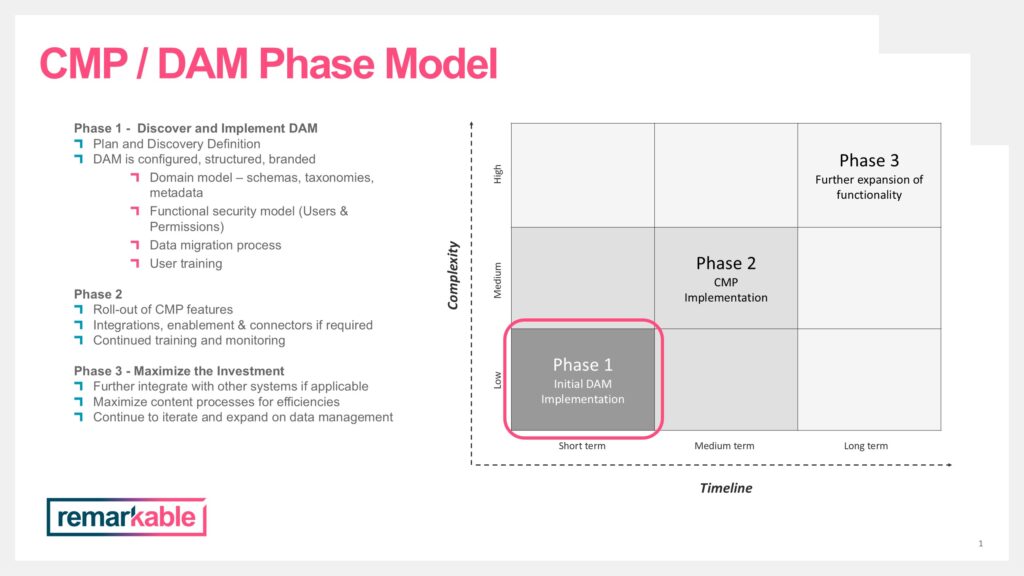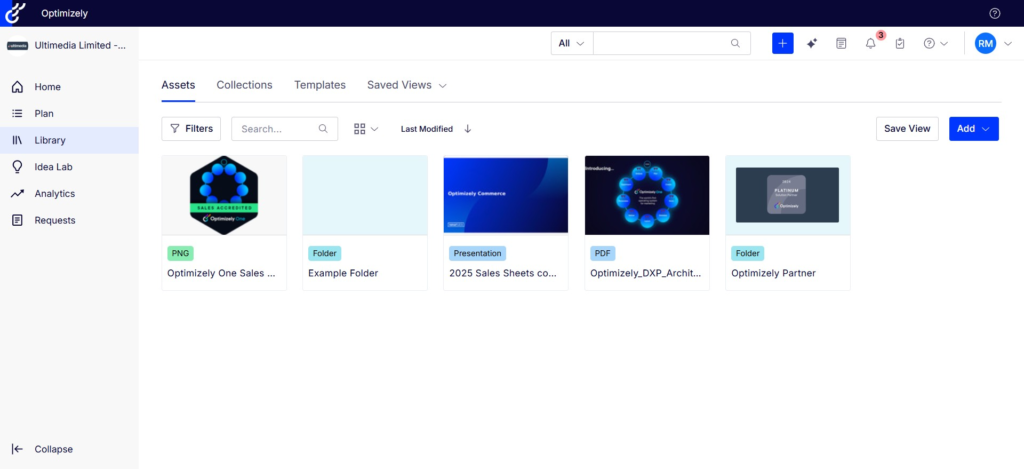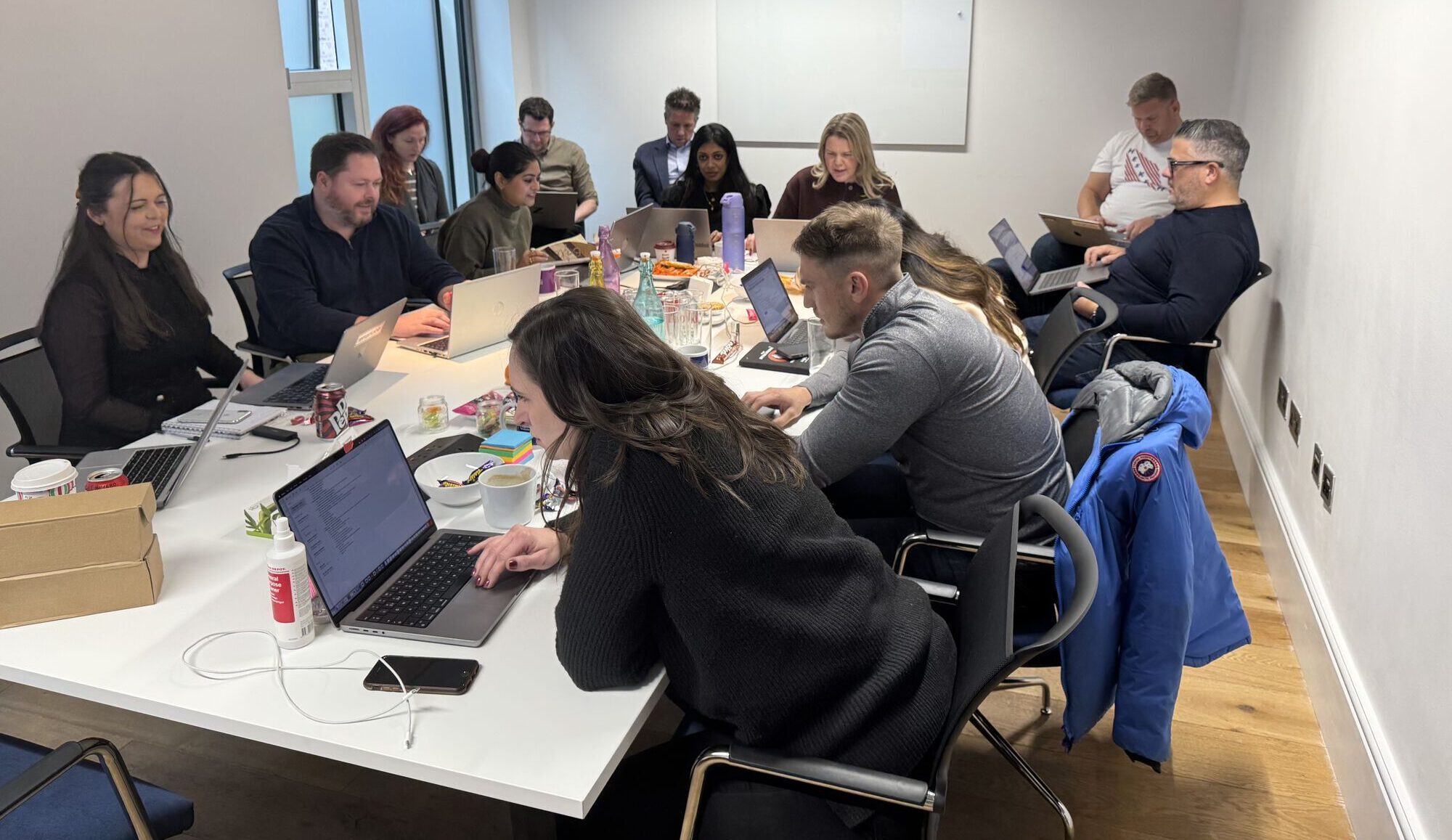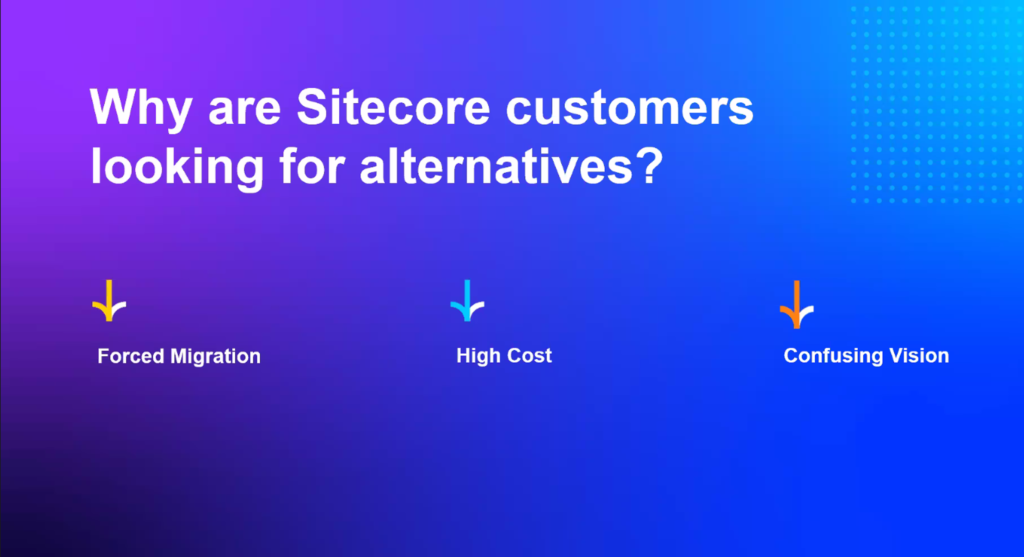This article was written for the Remarkable blog.
The DXP ecosystem is constantly moving with the main players always evolving their products and expanding their feature sets.
Optimizely One was launched in 2023 and is Optimizely’s big play in the DXP space. It is comprised of a robust set of interconnected composable products for marketers covering the full content lifecycle from planning, creation, publishing, and analysis. Optimizely describes it as “the world’s first operating system for marketing”.
Below we explain how each of the products and tools features in the content lifecycle stages outlined below.
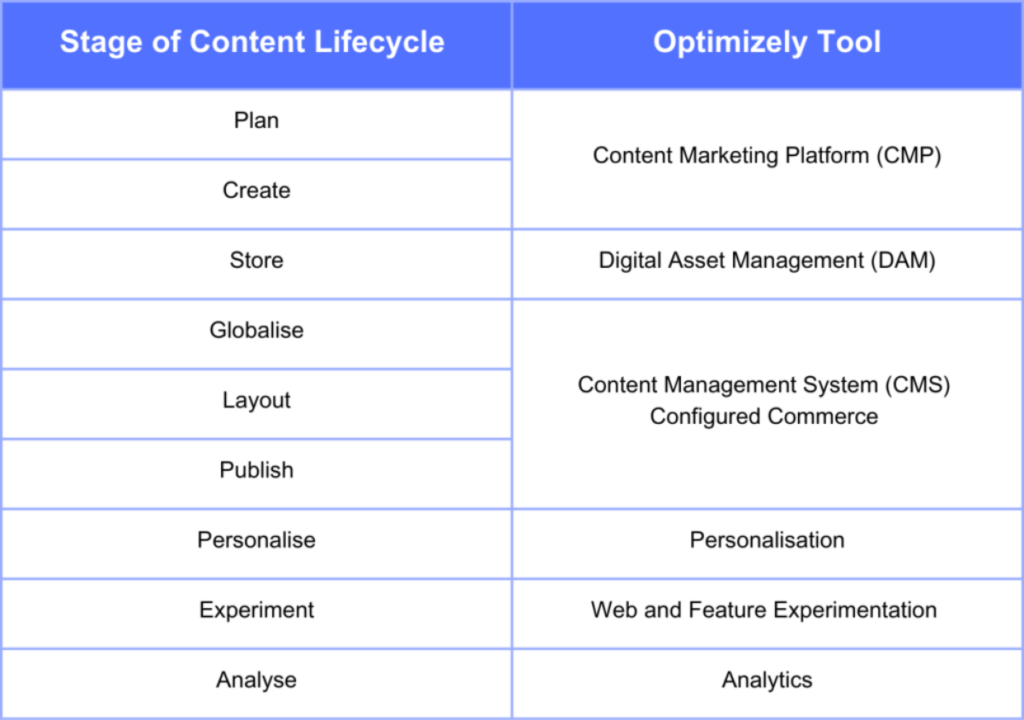
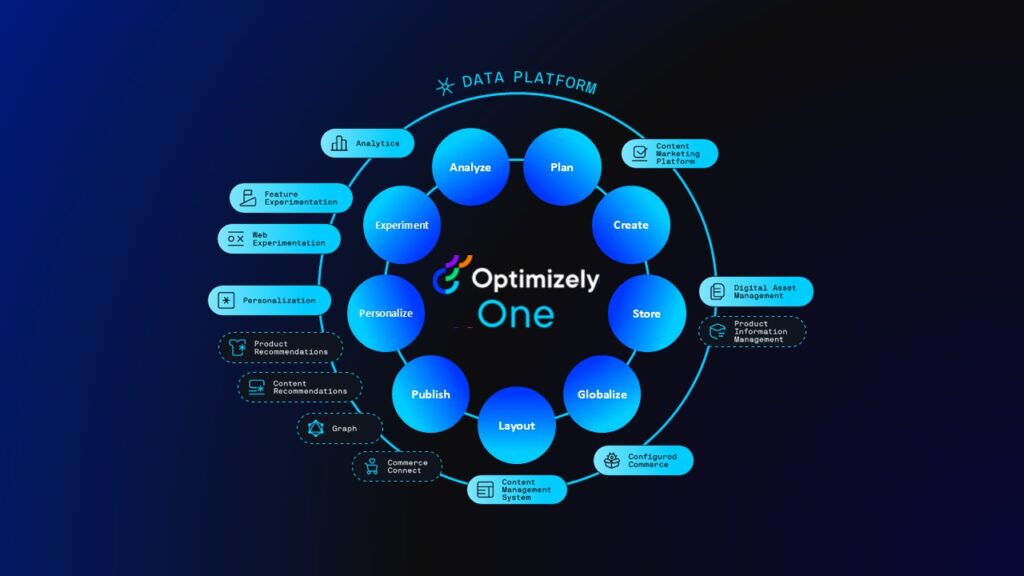
Content Marketing Platform (CMP)
Optimizely One’s CMP is where content is Planned and Created using campaign and task workspaces to facilitate collaborative content creation. Visual calendars let every stakeholder see what work is planned and in progress, and work requests let editors submit requests for marketing materials or assets. The Idea Lab uses SEO and social share data to help you create and discover content that resonates with your audience.

Digital Asset Management (DAM)
Optimizely One’s DAM system is where content and assets are Stored. Content can be tagged to make it easier to find and use. Different versions and renditions can be created of a master asset. Folders and Collections can be used to manage assets, and an expiry date can be selected to control when assets can be removed from use.

Content Management System (CMS)
The CMS is where the bulk of the action happens, where the web content is created, published, and adapted. Drag and Drop Authoring lets you create pages easily along with a Visual Editor and In Context Editing lets you adapt it. You can manage your content in multiple languages and create different versions of it for personalisation. You can control who has access to what sections and the Reporting tools tell you what’s happening and when.

Personalisation
Create Customer Profiles and Real-Time Segments to show Personalisation Campaigns to. Use Experience Templates to make creating experiences easy and use the Visual Editor to manage personalised content. Reporting and Analytics shows which experiences are working and which aren’t.
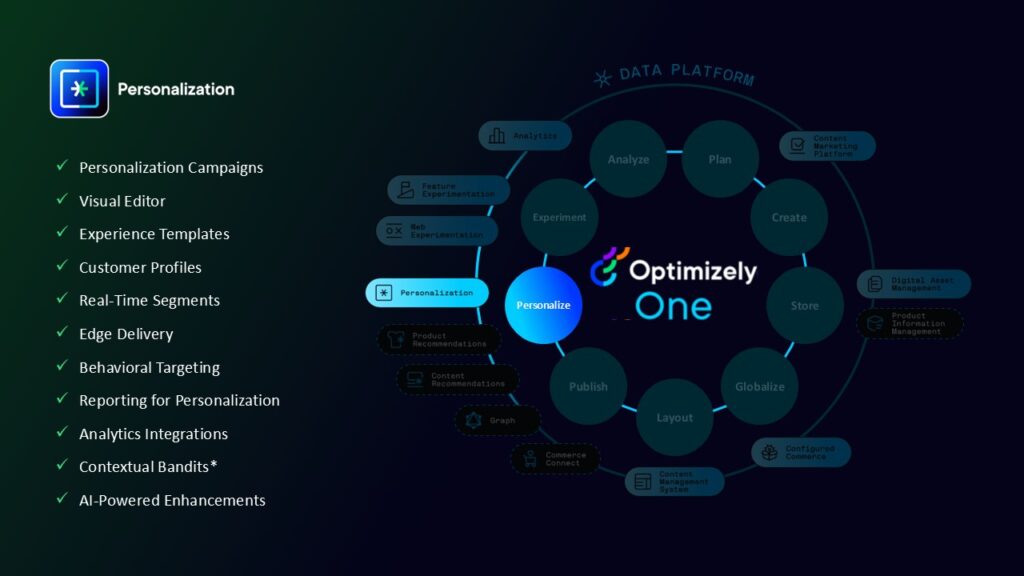
Experimentation
Flexible testing lets you test components and experiences with real-time segments. Like with personalisation, use Experience Templates to create experiences and use the Visual Editor to manage content to be tested.

Analyse
Track performance and optimize for what works with unified reporting dashboards that offer a single hub to visualize your analytics across customer data, operational reporting, analytics and more.

